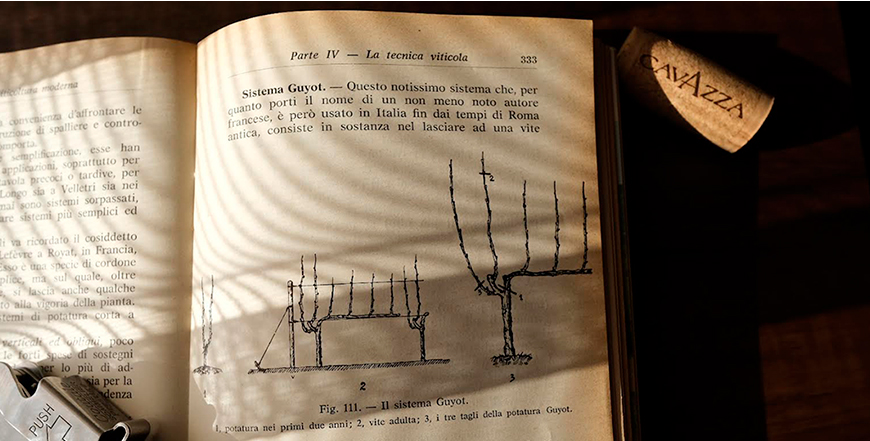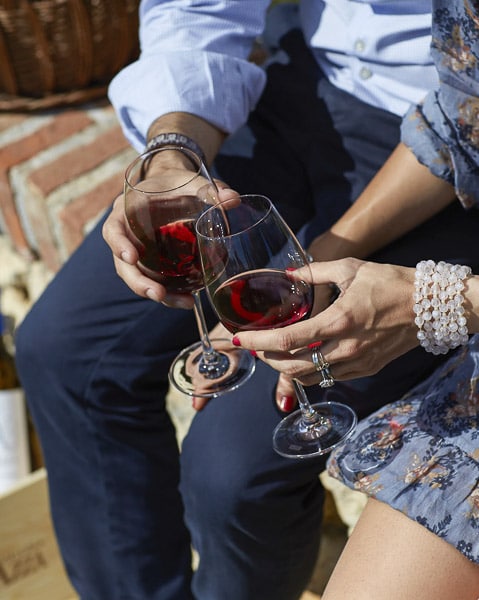20 Jan January, pruning time
by Andrea Cavazza

In January, dormant, frost-covered vines are barely able to breathe. The bare, leafless, taut and rigid canes face upward, searching for sunlight. The desolate landscape is almost eerie. A shy sparrow flutters among dry branches, where it has built its nest, looking for food, perhaps for a tiny grape bunch that was not picked during the previous harvest. At this time of year, when everything appears still and lifeless, the vineyard shifts from winter dormancy to reawakening. It’s time for “winter pruning”. Drawing on knowledge acquired from many centuries of peasant culture, pruners cut the old branches that bore fruit the previous year, leaving only the shoots required for the new season and small spurs that will bear fruit the following year.
This important agronomic activity entails a thorough knowledge of vines: this is the only way to respect their equilibrium and prune them without making mistakes that would affect the potential and economic life of the vineyard.
The two main objectives of dormant pruning are to ensure a constant balance between the quantity and quality of grapes produced and guarantee vine regrowth. In vine pruning, the bud load for each vine is established, which will affect the number of grape clusters that are produced. High quality grapes will not be achieved if too many bunches grow compared to the vine’s cropping potential and soil fertility as this will not allow appropriate berry ripening. An inadequate number of clusters is also not appropriate: if the grapes ripen too quickly, this jeopardizes the accumulation of phenolic substances that give wines structure and depth of colour.
Moreover, winter pruning also ensures the longevity of vines and allows controlling their growth within the space assigned to them in the vineyard row. The agronomist will monitor the growth of his vines according to the most suitable growing method for a particular land configuration, preventing excess foliage from hindering the exposure of the clusters to precious sunlight.
In a climate like ours (warm and dry in summer, rainy in winter and spring) and with a soil that is rich in skeletal material and well drained (limestone), low vines, achieved through short or sometimes medium-long pruning (according to the grape variety) with vertical vine foliage, are the best solution. That’s why we Cavazzas have chosen Guyot training for our Tai Rosso, Cabernet, Merlot and Syrah vines. It may not be a high yield system, but it ensures superior quality.
Guyot pruning removes all the foliage of the plant except for two shoots: a long-pruned cane, which grew the previous year, called fruit cane, where grape clusters will grow, and a smaller part, composed of two or three buds, called a spur, that will provide next year’s cane or canes.
While in Gambellara, on volcanic soils where we grow Garganega and Durella, we use both Guyot and high-trained Pergola, the latter having well-distributed shoots on a practically inclined surface. Therefore, the grapes are well exposed to sunlight and there is better air circulation, which helps reduce rot-inducing humidity, but this does not cause excessive vine growth.
Share your pics with
 Deutsch
Deutsch



